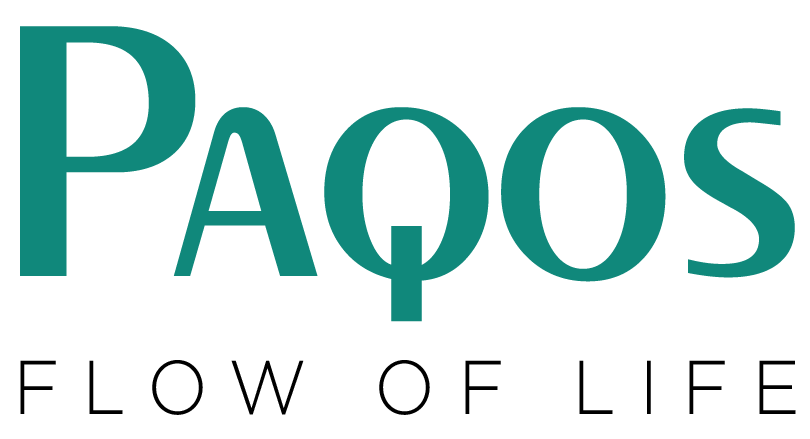Do you ever drink water and think, “Why does it taste like this?” It’s all about pH, a measure that tells us if water is more on the mild or strong side. Join us as we explore the basics from 0 to 14 – the scale to check water’s taste, smell, and impact on our health. We’ll cover the ideal pH for drinking water, how RO water and TDS play a role, and why pH 7 is considered pure. Stick around to learn how PAQOS Water Purifiers can level up your hydration game. Let’s dive into the science behind water’s pH – it’s more interesting than you might think!
What is the pH Value?
The full form of pH is written as the potential of hydrogen, measuring how many hydrogen ions are hanging out in a solution. Picture a scale from 0 to 14. If it’s 7, it’s neutral. Below 7? That’s acidic – more hydrogen ions. Above 7? It’s alkaline – more hydroxide ions. And here’s the cool part: it’s a log scale. So, a pH of 5 is ten times more acidic than 6 and a whopping 100 times more acidic than 7. It’s like a unique code that lets us know if our water is more on the mild or strong side.
What is the best pH Level for Drinking Water?
The pH of water affects how it tastes, smells, and looks, and it’s potential to corrode things. If it’s too acidic or too alkaline, it can harm both our health and the environment. The World Health Organization suggests the best pH level for drinking water is between 6.5 and 8.5. If it goes below 6.5, it can corrode pipes, causing a metallic taste and plumbing problems. If it’s above 8.5, it can create scale deposits, affecting water flow and causing a bitter taste. Striking the right balance is crucial for safe and pleasant drinking water!
Does TDS Affect pH?
TDS, or total dissolved solids, is like a measure of everything in water – salts, minerals, and more. It’s counted in parts per million and can mess with how water tastes and looks. TDS doesn’t directly show if water is acidic or alkaline, but some of the dissolved stuff can influence pH. If there are many carbonates, your water might be alkaline, while sulfates and chlorides can make it acidic. It’s a bit tricky, though, as the TDS and pH link isn’t straightforward – it depends on the types and amounts of dissolved stuff. To really know a water’s pH, use a pH meter or test kit instead of just relying on TDS levels.
Why is a pH of 7 Considered Pure Water?
Pure water, also known as distilled or deionised water, is like a clean slate of water – no extra stuff in it. It’s perfectly neutral with a pH of 7 and a balanced mix of H+ and OH- ions. When we talk about what is the pH value of pure water, it’s right at 7 on the scale. But here’s the twist: pure water isn’t the same as the water we find in nature. Natural water from rain, rivers, or lakes has some dissolved minerals, gases, and organic matter, making its pH range from 4 to 9. So, a pH of 7 might be pure water, but in nature, water can come with its unique pH, depending on what’s in it.
What is the pH of RO Water?
RO stands for reverse osmosis. The pH of the RO water depends on where it came from and the filter used, usually falling between 5 to 7. RO water is safe to drink
How PAQOS Water Purifiers can help you achieve optimal pH Balance in Your Water?
PAQOS, a top-notch water purifier brand, has your back having the best RO water purifier for home with various options to match your preferences. Using high-tech methods like RO, UV, UF, and TDS controllers, PAQOS purifiers kick impurities, contaminants, and pathogens out of your water, making it safe for drinking. What sets them apart? Features like active copper, known for its antimicrobial and antioxidant properties, and alkaline, boost your body with essential minerals. These purifiers don’t just clean; they ensure you get the best for your body and mind. Cheers to pure, healthy, and tasty hydration!
